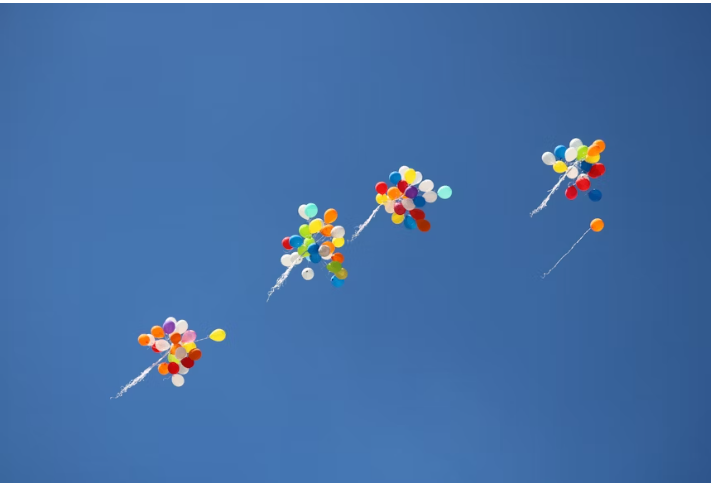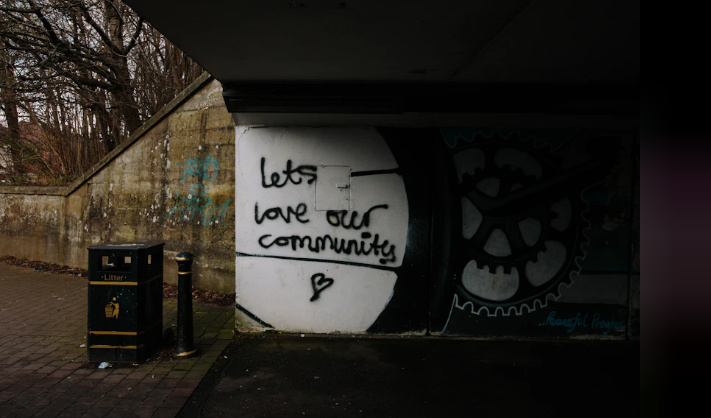I admire my 11-year-old son’s confidence. Truly. But it is funny that he has yet to learn the art of mastery. Of honing, refining, practicing, and getting better.
At 8, he had taken two or three trial Taekwondo classes and then stopped, But if you asked, he would tell you he “knows” Taekwondo.
To a lesser extreme, no matter our age, we seem to achieve a certain level in our mastery of anything where we assume we are done learning. Whether it’s childhood piano lessons or becoming a C-suite executive, we tend to believe that the journey is over, or we get so busy on doing, we never stop to assess our ability from time to time. And we sometimes believe that “getting by with the basics” is enough to keep us going.
I tell my son, and I’ll share with you, to simply look at elite athletes and how they continue to hone and refine their talent. NO matter how many championships or Gold Medals won. If you’re Steph Curry, Klay Thompson, or Draymond Green (yes, I’m a Golden State Warriors basketball fan, even though Klay has moved to Dallas 😢), you still go to practice every week. You still revisit drills and basics. You still receive coaching and guidance. You still review and dissect game film to fine-tune your play.
No matter your level, you still rely on your coach and team to be your sounding board, sanity check, and truth-tellers.
C-suite and senior executives still have a lot to learn. They are not DONE. Why? Because the workplace, your team, and leadership paradigm shift and evolve, so you must adapt as well. You can always sharpen your skills, have better conversations, recharge your own energy, and experiment with new ways to motivate your team to great results.
The minute you believe you are done learning as a leader is the minute you will no longer be an effective leader.
Plus, leadership can be really lonely. You are surrounded by less peers within your organization to share the tough stuff and provide support. You may have a really great team dynamic, but your direct reports can’t relate to what you are specifically going through, at your level. They don’t have the same kinds of responsibilities, pressures, and skill gaps you may have.
Finding the right support or peer cohort can help you as a leader:
- enhance decision-making with new perspectives
- hold yourself accountable to goals and growth
- drive sustained leadership success through best practices and fresh ideas\
- find a space that meets your needs for a change and enables you to be yourself, recharge, refocus, and get a break from daily pressures
Here are 3 ways high-achieving senior leaders can find support and uplevel their leadership skills:
1. Join a Mastermind or Peer Advisory Group
As I wrote in The Empathy Dilemma, almost every single successful leader who is both empathetic and high-performing that I have researched or interviewed engages in either peer support or coaching. It is why this tactic appears a few times in my book to help you strengthen not just your self-awareness pillar, but your self-care pillar. Surrounding yourself with similar high-level peers who have no stake in your work creates a space for honest feedback, idea-sharing, and perspective expansion. Masterminds help break isolation, challenge your thinking, and provide accountability—all crucial for continued growth at the top.
You can find organized associations or seek out a private, curated collective like my Empathy Edge Mastermind. Come get a taste of that if you like in an upcoming 2-day event.
2. Work with an Executive Coach or Mentor
A skilled coach helps uncover unseen gaps, clarify your leadership vision, and navigate tough decisions. Mentors offer real-world wisdom and perspective based on experience in similar roles. Finding a mentor can involve someone more senior than you, a retired professional, or even a successful peer. You want to choose someone who challenges you, not someone who simple agrees with everything you say!
3. Invest in Continuous Learning (Retreats, Courses, Think Tanks)
Executives who intentionally step away to learn, reflect, and reset often return refreshed, sharper, and with innovative ideas to tackle challenges. Find an experience that addresses your interests but also builds a skill set for you, such as emotional intelligence, managing hybrid teams, or future trends. Look for events you can really immerse yourself in and take time away from your daily pressures. Bonus if you can surround yourself with people both in and outside of your industry to gain broader perspectives on best practices.
If you are looking for a good place to start sharpening your skills, please reach out and let’s talk! Or get a taste of my Empathy Edge Mastermind and see if it aligns with what you need right now.
Photo Credit: Raw Pixel












